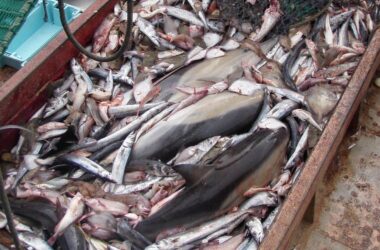Clean water is vital for human health, environmental sustainability, and economic prosperity. Consequently, legislation such as the Clean Water Act plays a critical role in safeguarding water resources.
Understanding the Clean Water Act
The Clean Water Act is a landmark piece of legislation in the United States. It regulates the discharge of pollutants into the nation’s waters and sets quality standards for surface water.
The Role of the Clean Water Act
The primary objective of the Clean Water Act is to restore and maintain the chemical, physical, and biological integrity of the nation’s waters. It aims to eliminate the discharge of pollutants and achieve water quality levels that support recreation and the protection of aquatic life.
Benefits of the Clean Water Act
The Clean Water Act has led to significant improvements in water quality. It has reduced pollution levels, enhanced the health of aquatic ecosystems, and made water bodies safe for recreational activities.
Clean Water Act Enforcement
The Clean Water Act is enforced through a combination of federal, state, and local agencies. These agencies monitor water quality, issue permits for discharges, and take legal action against violators.
The Future of Clean Water Legislation
Maintaining clean water remains a challenge, and there is a need for continued efforts to address new and emerging threats. Strengthening the Clean Water Act and supporting water infrastructure can ensure a sustainable water future.
Conclusion
Clean water is essential for life, and the Clean Water Act has been instrumental in protecting this vital resource. By continuing to enforce and strengthen clean water legislation, we can preserve our waterways for future generations.
Similar Articles
- Carbon Credits: A Comprehensive Guide to Offset Emissions
- Carbon Insetting: A Comprehensive Guide
- Carbon-Neutral Journeys: Paving the Way Towards a Sustainable Future
Frequently Asked Questions (FAQs) about the Clean Water Act
1. What is the Clean Water Act?
The Clean Water Act is a federal law in the United States that regulates the discharge of pollutants into the nation’s waters and sets quality standards for surface water.
2. When was the Clean Water Act enacted?
The Clean Water Act was enacted in 1972.
3. What is the purpose of the Clean Water Act?
The main purpose of the Clean Water Act is to restore and maintain the chemical, physical, and biological integrity of the nation’s waters. It aims to eliminate the discharge of pollutants and achieve water quality levels that support recreation and the protection of aquatic life.
4. What types of water bodies does the Clean Water Act protect?
The Clean Water Act protects all surface waters in the United States, including rivers, lakes, streams, wetlands, and coastal waters.
5. How is the Clean Water Act enforced?
The Clean Water Act is enforced through a combination of federal, state, and local agencies. These agencies monitor water quality, issue permits for discharges, and take legal action against violators.
6. What are the penalties for violating the Clean Water Act?
Violations of the Clean Water Act can result in fines, penalties, and even imprisonment. The severity of the penalty depends on the nature and extent of the violation.
7. Can citizens take action to enforce the Clean Water Act?
Yes, the Clean Water Act allows citizens to file lawsuits against violators of the law. This provision is known as the “citizen suit” provision.
8. Has the Clean Water Act been successful?
The Clean Water Act has led to significant improvements in water quality and has reduced pollution levels in many of the nation’s water bodies. However, challenges remain, and there is a need for continued efforts to address new and emerging threats.
9. What is the future of the Clean Water Act?
The future of the Clean Water Act will depend on a variety of factors, including new scientific developments, changes in public policy, and the ongoing commitment of citizens and government agencies to protect the nation’s waters.










